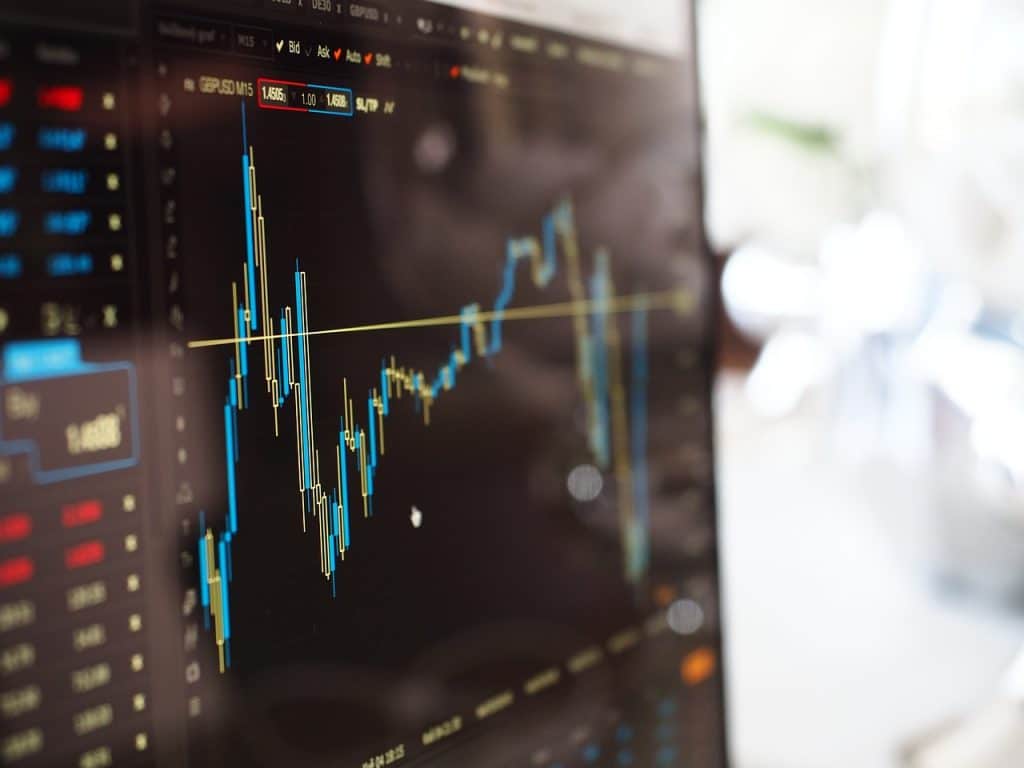Gaining an edge in trading can be such a huge advantage. Most of the time, traders are at the mercy of the market forces – traders can still do well in this scenario but they have much less insight into what the market will do. An edge means that you have more insight than most of the other investors trading with the same stocks, giving you an advantage. It’s clear that trading with an edge is something that you should always aspire to do.
What is an edge?
An edge is basically when you can identify something in the market that gives you insight into how well a trade will do. An edge is very helpful once identified but it takes time and effort to spot one. It is important to stay up to date on the markets and do extensive research into the past price trajectory to see if you can identify any trends or ranges. A good way to do research is to use expert market analysts to get a regular Markets Update on the markets in which you are operating.
Trends
Identifying a trend is a way of gaining an edge. If you manage to correctly identify a trend in progress, then you will be able to make an informed guess about which way prices will go in the near future. You could then make your trades with the trend if you are confident that it will continue. Trading in the direction of a trend means that you have a higher probability of making money. Of course, trends are not guarantees, because they represent a simplified look at the market. Trades can always go against the trend.
Ranges
Another edge that can be identified is when a market is ranging. Market ranging is when the net movement of a currency pair is neither upwards nor downwards, but sideways. The market range is the price ceiling and floor that you have identified. When you are confident that you have identified this, then you can make informed decisions. For example, if you had a share that was increasing in price but had now hit what you knew to be the price ceiling, then you could sell it with confidence that it wouldn’t get any higher.
Don’t forget indicators
Just because you believe you have identified an edge doesn’t mean that you should ignore indicators. In fact, you should use indicators once you have identified an edge to make sure that your investments are made from a position of knowledge. Indicators fall into different categories. Market breadth indicators work by comparing the number of stocks that are moving with a large trend. Market sentiment indicators compare the price and the volume of shares to try and work out whether the market is bearish or bullish, overall.
Conclusion
It is important to remember that even if you have an edge, the market can always behave in unpredictable ways. That’s why it is important not to pin all of your hopes on your edge. Diversification will make sure that your portfolio can withstand any of your shares not performing well.



